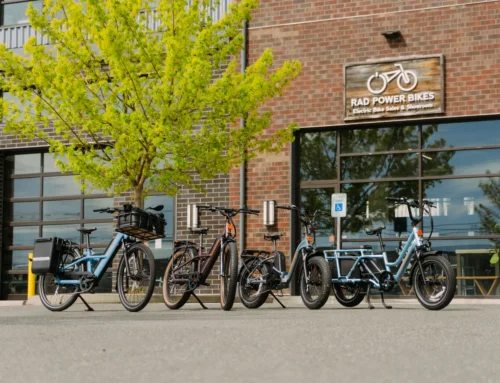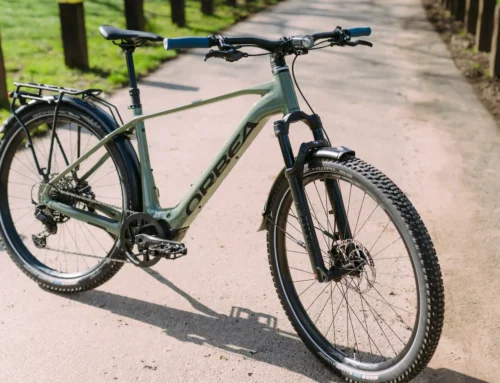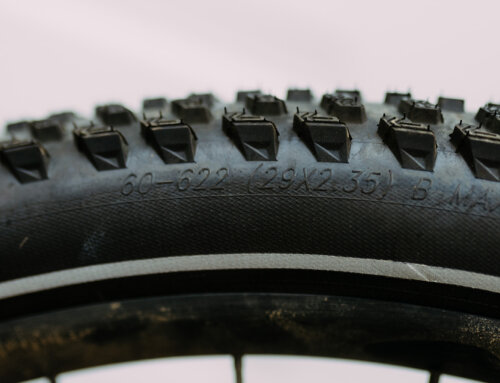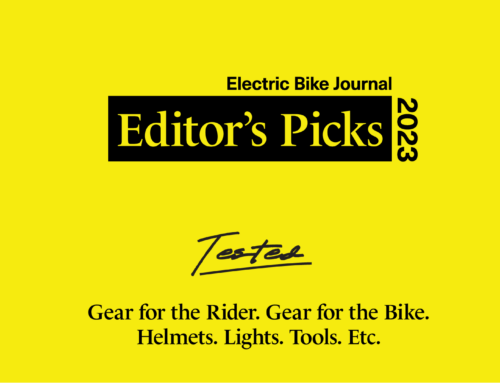What is a Class 1, 2, and 3 eBike?
Did you know there is an eBike classification standard? Did you know that depending on where you are riding an eBike it may or may not be allowed? Understanding eBike classifications will not only help you get the right electric bike for your needs, but also help you understand where you can and can not ride an electric bike based on its Class rating. According to the US Vehicle code, an “electric bike” is a bicycle equipped with fully operable pedals and an electric motor of less than 750 watts.
In This Guide:
- Class 1 Pedal Assist up to 20mph
- Class 2 Throttle Assist up to 20mph
- Class 3 Pedal Assist up to 28mph
- Pedelec or S-Pedelec?EU classification standard
- Policies and Laws Guidelines to safe and legal eBike use
Class 1 eBikes:
A Class 1 electric bike provides assistance only when the rider is pedaling and ceases to provide assistance when the bicycle reaches the speed of 20 miles per hour.
This is probably the most common classification of eBikes and is the one found on most performance electric mountain bikes and quite a few urban bikes as well.
Class one eBikes differ from others in that they do not have any throttle and are 100% pedal-assist eBikes.
They also have a power assist cut-off speed of 20mph. You can ride these bikes over 20mph downhills or if you’re Superman, but the drive unit cuts out power and that assist once the bike gets to 20MPH.
This makes it safer for multi-use trails, bike paths in high-traffic areas, and other similar applications. This is why most mountain bikes come with a Class 1 drive unit.
If you’re more of a purist and only want to get power while you’re pedaling to resist the temptation of relying on that throttle, maybe you want to maximize battery efficiency or want to ride on mountain bike trails where eBikes are legal, Class 1 is that way to go and the most access in regards to where they may be ridden.
Class 2 eBikes:
Simlilar to Class 1, Class 2 provides assistance up to 20mph, with the addition of a throttle. This allows operation of the electric bike without pedaling. The throttle option is almost exclusively found on Hub Drive eBikes.
When opting to ride with and use a throttle as your electric assist, battery consumption will increase more rapidly and the overall distance you could ride compared to a standard Pedal Assist mode will be dramatically decreased. Using a thumb throttle for momentary bursts of assist, maybe from a stop light or stop sign, won’t have as much impact on your battery life and will allow you to get up to speed much more easily and quickly.
Class 3 eBikes:
A Class 3 electric bike provides assistance only when the rider is pedaling, and that ceases to provide assistance when the bicycle reaches the speed of 28 miles per hour.
The fastest and most powerful electric bike category is the Class 3 eBikes.
In many states a minimum age of 16 years is required to ride a Class 3 bike because of the faster 28mph speed capability. Since the bikes are faster, they are more regulated in terms of where they can be ridden however, they will certainly get you from Point A to Point B much quicker. They will also allow you to keep up with traffic much easier if you’re riding on busy streets without much of a bike line.
This could also mean you’re at a bit more risk for injury as many drivers still don’t expect bikes to be traveling at nearly 30mph before making turns in front of them. So, a word of warning, if you are riding a Class 3, it’s best to assume you are riding a motorcycle and that your predictive anticipation could save you serious bodily harm.
Now, it’s not all doom and gloom with Class 3 eBikes. In fact, they are our favorite eBikes for covering ground quickly. We find that the higher speed means that we can equal or even beat our drive times to many of our local destinations.
Pedelec vs S-Pedelec:
Similar to the classifications here in the US, pedelecs and S-pedelecs can be differentiated as follows in Europe/Switzerland:
Pedelec and S-Pedelec, both have one common rule, no throttle option allowed.
Pedelec is pedal assist up to 25kmh and a max 250w motor. S-Pedelec is pedal assist up to 45kmh and a max motor 4000w. As you can tell, these two classifications are noticeably different then the three classes
Additionally, there are other polices and laws surrounding Pedelecs and S-Pedelecs in Europe and other regions, in which, we’d encourage researching your local laws where necessary.
Policies and Laws:
What’s important to note is your State or county’s local laws. For example, in California Class 1 and 2 eBikes can ride on bike paths and bikeways, however the higher speed Class 3 eBikes can not. Because of this throttle assistance however, it can mean that in certain State Parks or trail networks, your bike will technically be illegal as throttle assisted vehicles cause more erosion and are not allowed on hiking/biking trails in many areas. If mountain biking isn’t in your future and you simply want a commuter or urban eBike that will allow you to be compliant on bike paths but still give you the ability to arrive at your destination without being covered in sweat, the Class 2 eBike may be for you.
Learn more about where electric bikes can be ridden in the US https://www.peopleforbikes.org/electric-bikes/policies-and-laws
Discover eBiking with Bosch https://www.bosch-ebike.com/us/everything-about-the-ebike/stories/three-class-ebike-system
Hopefully you’ve now got a better understanding on what Class 1, 2 and 3 eBikes are and which one may be right for you. Most brands out there sell bikes in different categories to fit different needs and we’ve linked a few of them below. Ultimately the category of eBikes that’s best for you will be your choice to make, but at least know you’ll know some of the pros and cons when you’re searching for your eBikes purchase.








[…] “In many states a minimum age of 16 years is required to ride a Class 3 bike because of the fa… […]